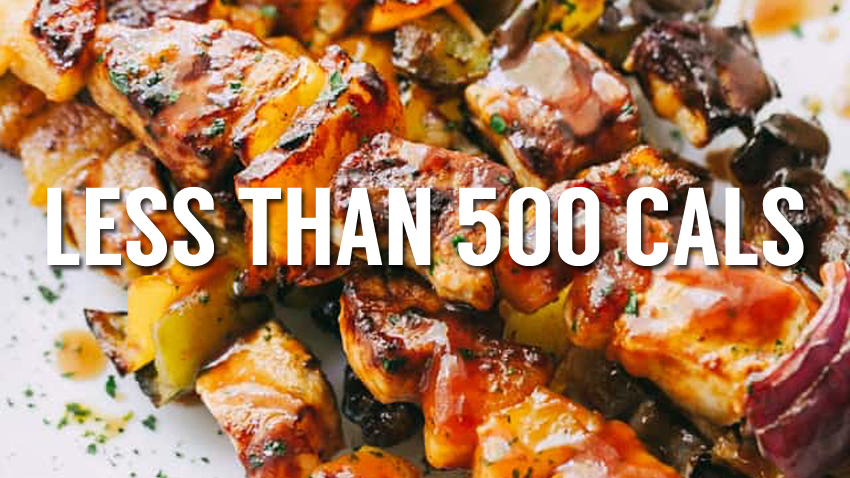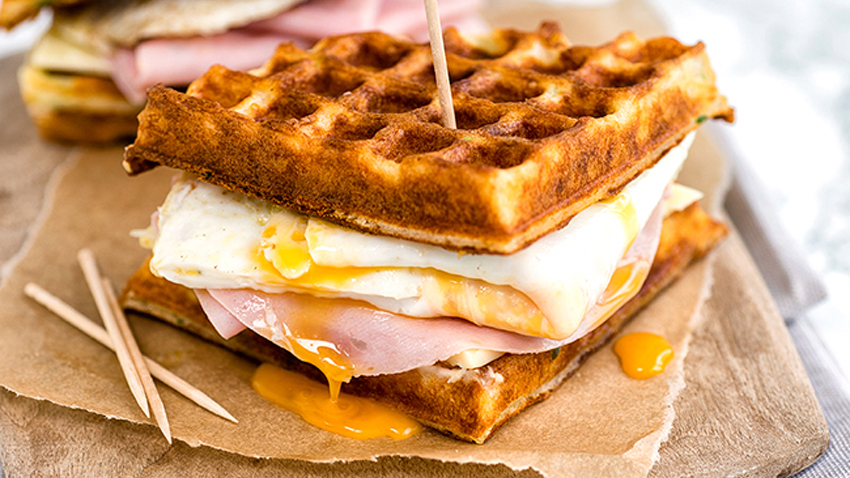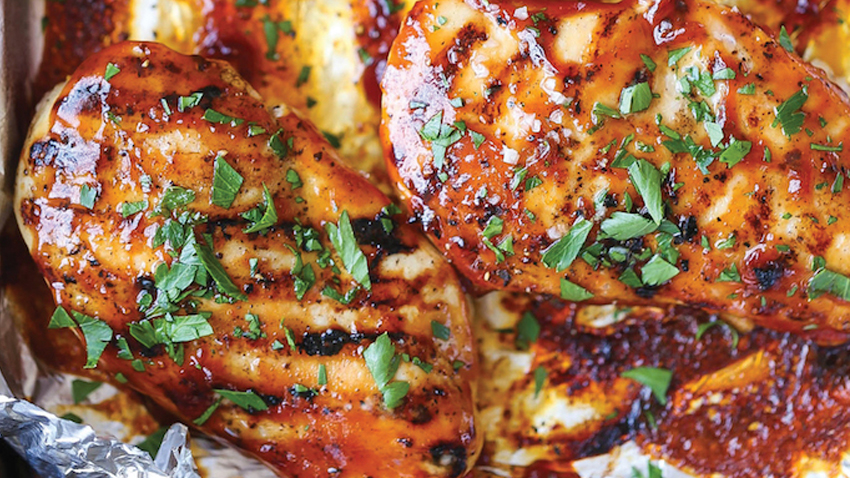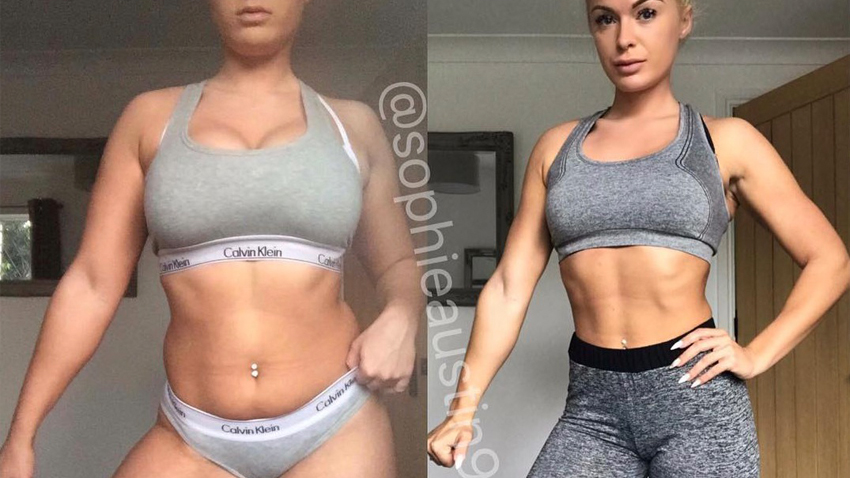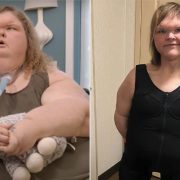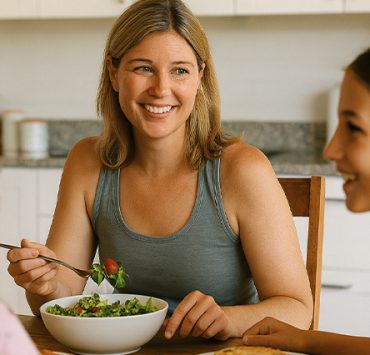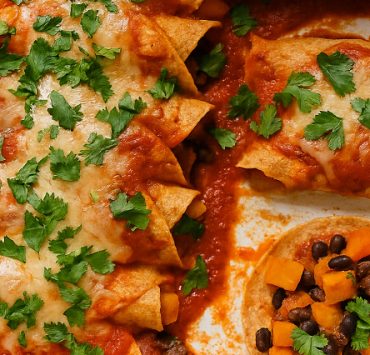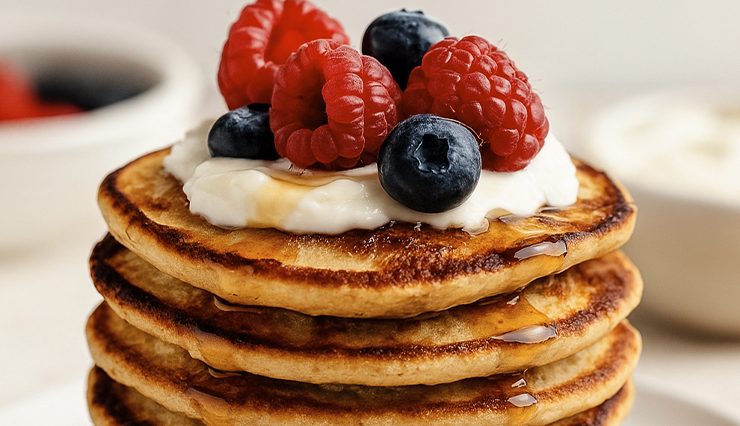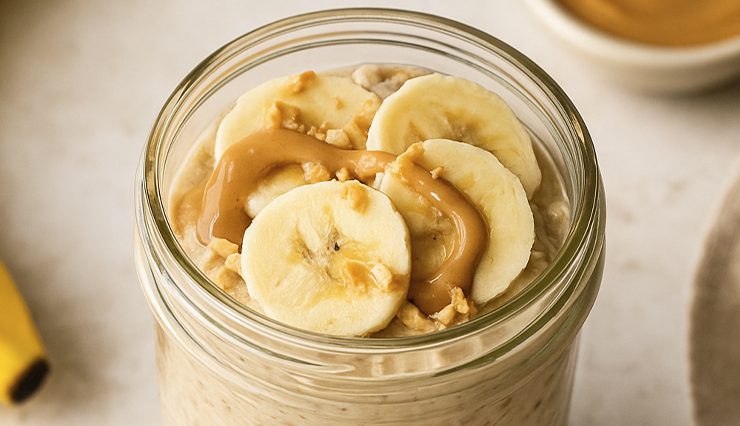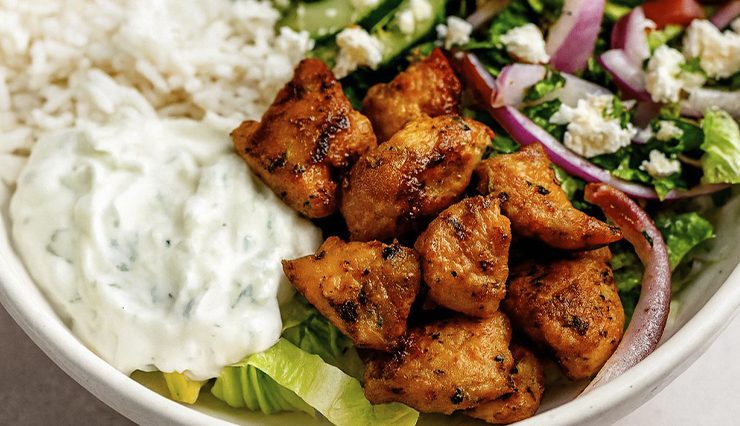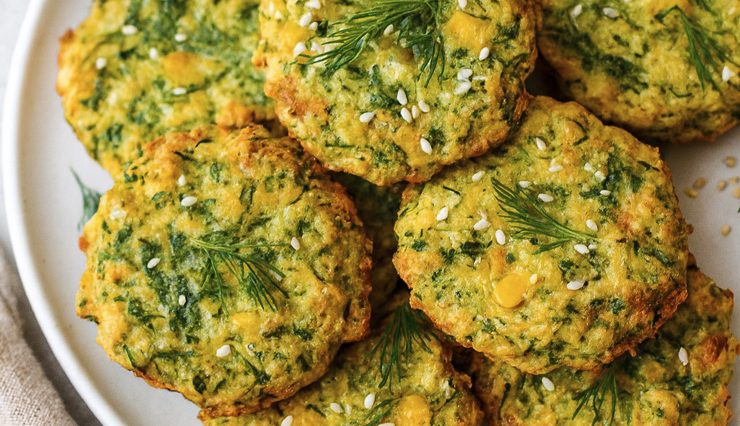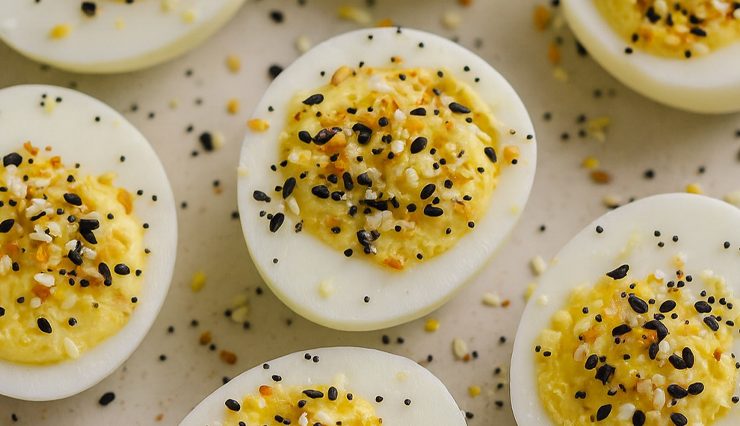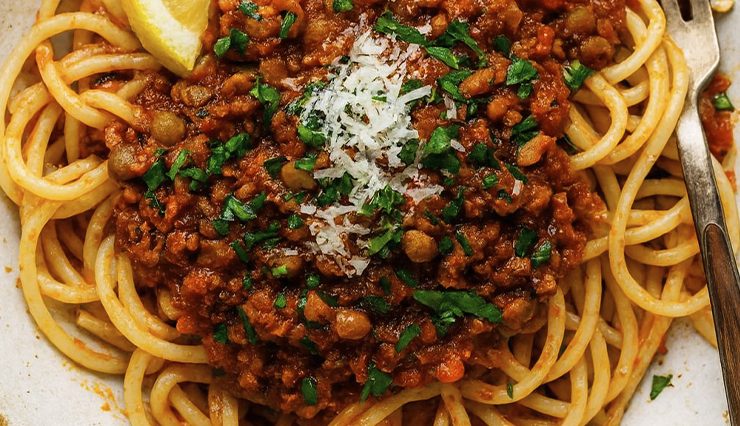Weight Loss Meal Prep for Beginners (2025 Complete Guide)
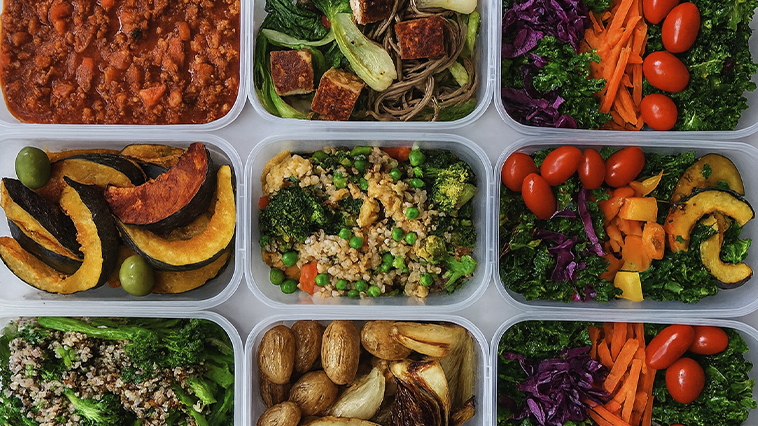
Trimmed&Toned Team.
Starting a weight loss journey can feel overwhelming, but one strategy consistently stands out as a game-changer: meal prep. By preparing healthy meals in advance, you can save time, reduce stress, and avoid last-minute food choices that derail your progress.
This comprehensive guide will walk you through everything you need to know about weight loss meal prep for beginners, from the basics of planning and shopping to recipes and a sample weekly plan you can adjust to your own goals.
Check out our 31 best meal prep recipes, perfect for your weight loss goals.
Why Meal Prep Works for Weight Loss
Meal prep isn’t just about cooking in bulk — it’s about setting yourself up for success. When your fridge is stocked with balanced, ready-to-eat meals, you’re far less likely to grab high-calorie takeout or snack mindlessly.

- Portion control: Prepping in advance helps you avoid oversized servings.
- Consistent nutrition: You can balance protein, carbs, and fats according to your needs.
- Time-saving: Cooking once or twice a week saves hours in the kitchen.
- Reduced temptation: Healthy meals are ready when hunger strikes.
Step 1: Understand the Basics of Weight Loss Nutrition
Before diving into meal prep, it’s helpful to understand the core principles of weight loss nutrition. At its simplest, weight loss occurs when you consistently consume fewer calories than you burn. However, the quality of those calories matters for energy levels, satiety, and health.
- Protein: Helps preserve muscle mass and keeps you fuller for longer.
- Complex carbohydrates: Provide steady energy and fiber (whole grains, legumes, starchy vegetables).
- Healthy fats: Support hormones and help with nutrient absorption (avocado, nuts, olive oil).
- Fruits and vegetables: Offer vitamins, minerals, and volume for fewer calories.
Tip: You don’t need to weigh every gram of food, but having a general sense of portions can help you stay on track. Adjust serving sizes to fit your own calorie needs and activity level.
Step 2: Choose Your Meal Prep Style
There’s no single “right” way to meal prep. The key is choosing a method that fits your lifestyle, schedule, and preferences.
- Batch cooking: Cook large amounts of a single dish (like chili or curry) and portion it into containers.
- Mix-and-match prep: Prepare separate proteins, carbs, and vegetables, then combine them differently throughout the week.
- Ingredient prep: Chop vegetables, marinate proteins, and cook grains ahead of time so cooking during the week is faster.
- Grab-and-go meals: Assemble ready-to-eat meals in individual containers for convenience.
Step 3: Plan Your Menu
A clear plan makes grocery shopping and cooking more efficient. Decide what breakfasts, lunches, dinners, and snacks you’ll have for the week. Choose recipes you enjoy and that reheat well.
Tip: Start small. If you’re new to meal prep, try making just two or three recipes you can rotate, rather than prepping every single meal for the week.
Step 4: Make a Shopping List
Once your menu is set, create a list grouped by category:
- Proteins: chicken breast, ground turkey, eggs, tofu, salmon
- Carbs: brown rice, quinoa, sweet potatoes, oats, whole grain bread
- Vegetables: broccoli, spinach, peppers, zucchini, carrots
- Fats: olive oil, avocado, nuts, seeds
- Snacks: Greek yogurt, fruit, hummus, cottage cheese
Tip: Shop with your list and avoid impulse buys that can throw off your plan.
Step 5: Cook Efficiently
To make the most of your meal prep day, follow this sequence:
- Start with foods that take the longest to cook (like roasting vegetables or baking sweet potatoes).
- Cook proteins while grains are simmering.
- Chop vegetables while other items are cooking.
- Cool food completely before sealing in containers to maintain freshness.
Step 6: Store and Reheat Safely
Proper storage ensures your meals stay fresh and safe to eat.
- Use airtight containers (glass is ideal for reheating).
- Refrigerate meals you’ll eat within 3–4 days.
- Freeze portions for later in the week or month.
- Reheat to a safe temperature before eating.
Tips for Successful Weight Loss Meal Prep
- Season generously with herbs and spices to keep meals flavorful without extra calories.
- Use non-stick sprays or small amounts of oil to reduce added fats.
- Prep snacks as well as main meals to avoid unplanned eating.
- Keep meals balanced — include protein, fiber, and healthy fats in every serving.
- Don’t be afraid to repeat meals — simplicity helps with consistency.
10 Beginner-Friendly Meal Prep Recipes for Weight Loss
These recipes are simple, easy to store, and designed with beginners in mind. Portion sizes can be adjusted to fit your individual calorie and nutrition needs.
- Grilled Chicken with Roasted Vegetables
Preheat your oven to 200°C (400°F). Season chicken breasts with olive oil, garlic powder, paprika, salt, and pepper. Arrange on a baking tray alongside chopped broccoli, carrots, and zucchini drizzled with olive oil and herbs. Bake for 20–25 minutes, flipping the chicken halfway. Cool completely before storing in airtight containers. Store in the fridge for up to 4 days or freeze portions for later. - Turkey Chili
Brown lean ground turkey in a large pot. Add chopped onion, bell peppers, and garlic, cooking until softened. Stir in canned diced tomatoes, kidney beans, black beans, chili powder, cumin, paprika, and a pinch of cayenne. Simmer for 30 minutes, stirring occasionally. Divide into containers and let cool before refrigerating or freezing. Great served with a side of rice or a small portion of whole-grain bread. - Quinoa Salad with Chickpeas
Cook quinoa according to package instructions and let it cool. In a large bowl, combine quinoa with canned chickpeas (drained and rinsed), diced cucumber, cherry tomatoes, red onion, and chopped parsley. Dress with lemon juice, olive oil, salt, and pepper. This salad keeps well in the fridge for up to 4 days and tastes even better after a day as the flavors develop. - Salmon with Sweet Potato Mash
Bake salmon fillets at 200°C (400°F) for 12–15 minutes with a drizzle of olive oil, lemon slices, and dill. Meanwhile, peel and boil sweet potatoes until tender, then mash with a small amount of olive oil, salt, and pepper. Steam green beans until crisp-tender. Assemble in containers with salmon, mash, and green beans. Best eaten within 3 days when refrigerated. - Egg Muffins
Preheat your oven to 180°C (350°F). In a large bowl, whisk eggs with chopped spinach, diced bell peppers, and a sprinkle of shredded cheese. Pour mixture into a greased muffin tin and bake for 15–18 minutes until set. Cool before storing in the fridge for up to 4 days. Reheat in the microwave for 30–45 seconds for a quick breakfast. - Greek Yogurt Parfaits
Layer plain Greek yogurt with fresh or frozen berries and a sprinkle of granola in small jars or containers. Keep the granola separate until serving to prevent it from going soggy. Store in the fridge for 3–4 days. Perfect as a breakfast or snack option that’s high in protein and quick to grab. - Stir-Fried Tofu with Brown Rice
Press firm tofu to remove excess moisture, then cut into cubes. Pan-fry in a little olive oil until golden. Add a mix of chopped vegetables (such as broccoli, bell peppers, and snow peas) and stir-fry with soy sauce, garlic, and fresh ginger. Serve over cooked brown rice. Store in containers for up to 4 days in the fridge. - Overnight Oats
In a jar or container, combine rolled oats, almond milk (or milk of choice), chia seeds, and your preferred fruit. Sweeten with honey or maple syrup if desired. Refrigerate overnight and enjoy cold the next morning. These last 3–4 days in the fridge, so you can prepare multiple jars at once. - Chicken Burrito Bowls
Cook brown rice and let it cool slightly. In containers, layer rice, grilled chicken breast slices, black beans, corn, salsa, and diced avocado (add avocado just before eating to prevent browning). Garnish with fresh cilantro. Store in the fridge for 3–4 days, keeping salsa and avocado separate until ready to serve. - Lentil Soup
In a large pot, sauté onions, carrots, and celery in olive oil until softened. Add rinsed lentils, canned diced tomatoes, vegetable broth, and seasonings like cumin, paprika, and thyme. Simmer for 30–40 minutes until lentils are tender. Cool before portioning into containers. This soup freezes well and reheats perfectly on busy days.
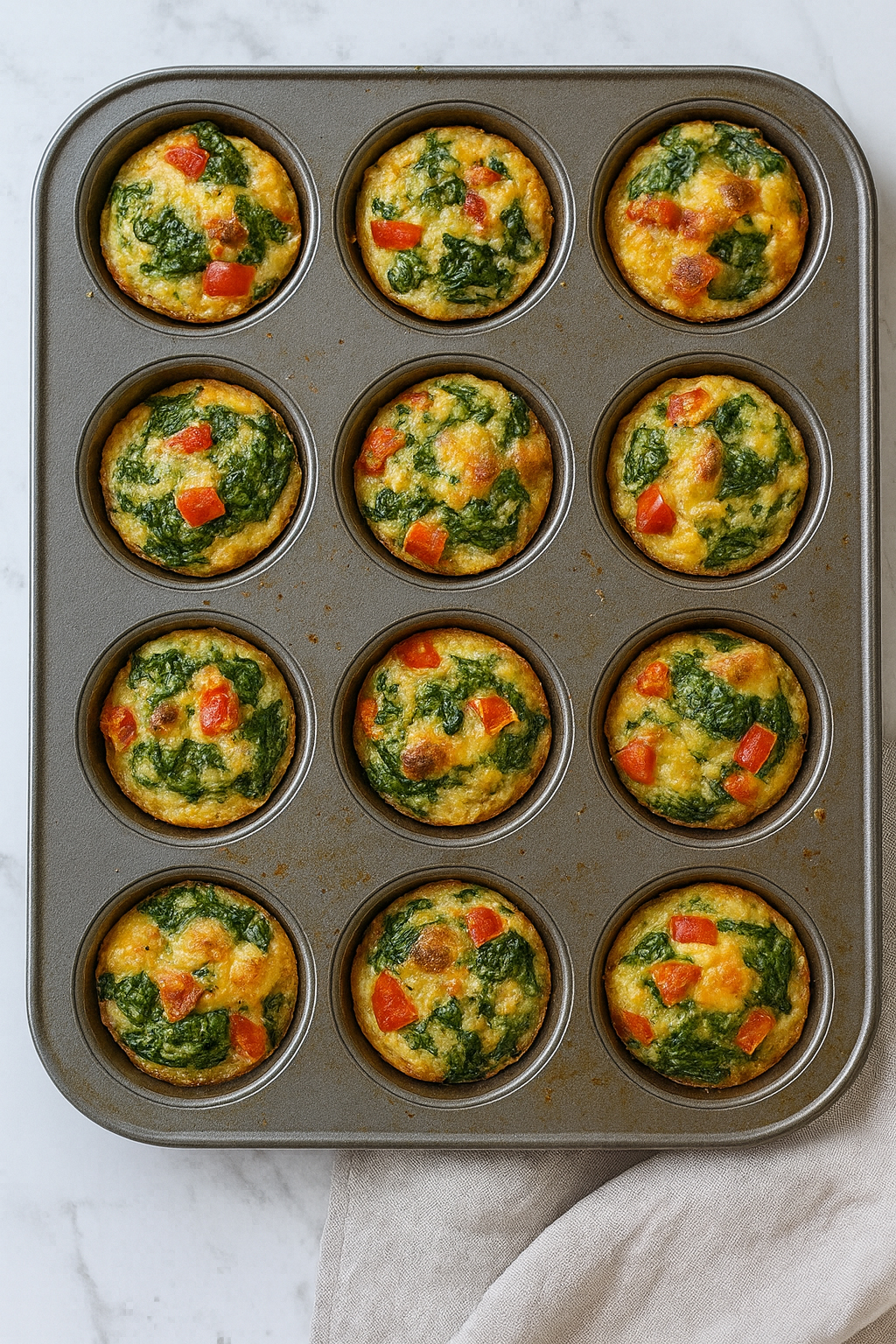
Sample Weekly Meal Prep Plan
This plan gives you a rough framework for the week. Adjust quantities and snacks based on your needs.
Monday: Breakfast – Overnight oats; Lunch – Chicken with roasted vegetables; Dinner – Turkey chili; Snack – Greek yogurt with berries.
Tuesday: Breakfast – Egg muffins; Lunch – Quinoa salad with chickpeas; Dinner – Salmon with sweet potato mash; Snack – Apple slices with almond butter.
Wednesday: Breakfast – Greek yogurt parfait; Lunch – Chicken burrito bowl; Dinner – Lentil soup; Snack – Carrot sticks with hummus.
Thursday: Breakfast – Overnight oats; Lunch – Stir-fried tofu with brown rice; Dinner – Turkey chili; Snack – Handful of almonds.
Friday: Breakfast – Egg muffins; Lunch – Salmon with sweet potato mash; Dinner – Chicken burrito bowl; Snack – Greek yogurt with honey.
Saturday: Breakfast – Smoothie with spinach and banana; Lunch – Lentil soup; Dinner – Quinoa salad with chickpeas; Snack – Rice cakes with peanut butter.
Sunday: Breakfast – Greek yogurt parfait; Lunch – Chicken with roasted vegetables; Dinner – Stir-fried tofu with brown rice; Snack – Trail mix.
Conclusion
Meal prepping is one of the most powerful tools for reaching and maintaining a healthy weight. By setting aside time once or twice a week to prepare balanced meals, you take control of your nutrition, save time, and reduce stress. Remember, the goal isn’t perfection — it’s consistency. Start with a few recipes, build your skills, and soon meal prep will become a natural part of your lifestyle.
Medical Reminder: Always consult your doctor or healthcare provider before making major changes to your eating habits, exercise routine, or lifestyle. This article is not a substitute for professional medical advice.
Trimmed&Toned Team.

